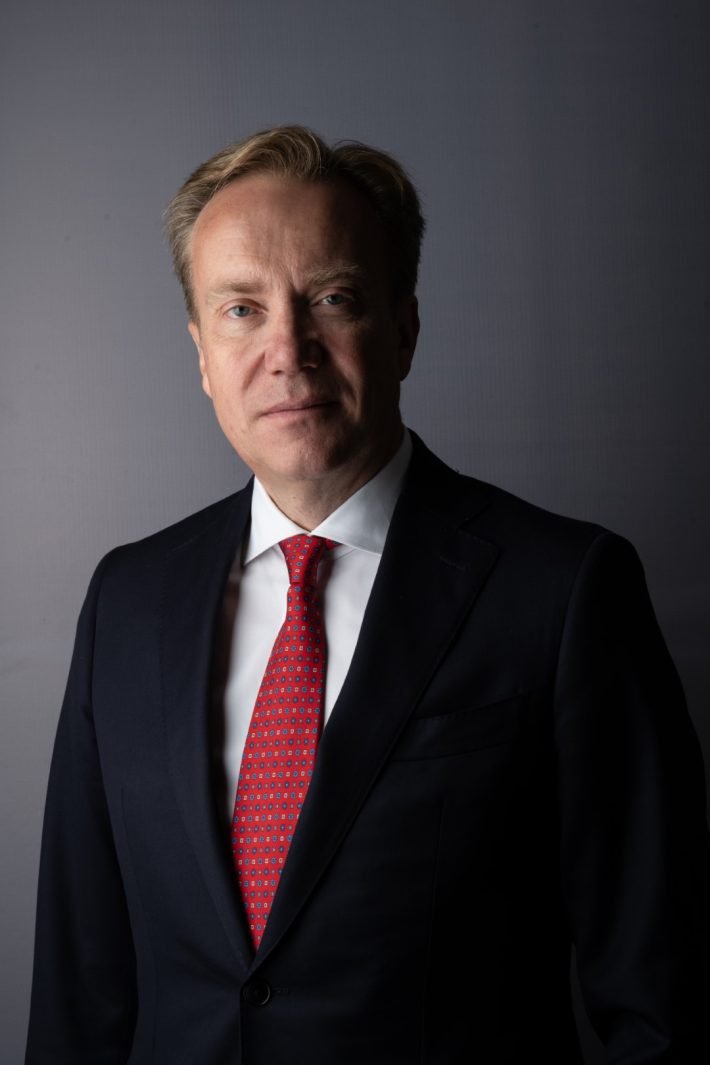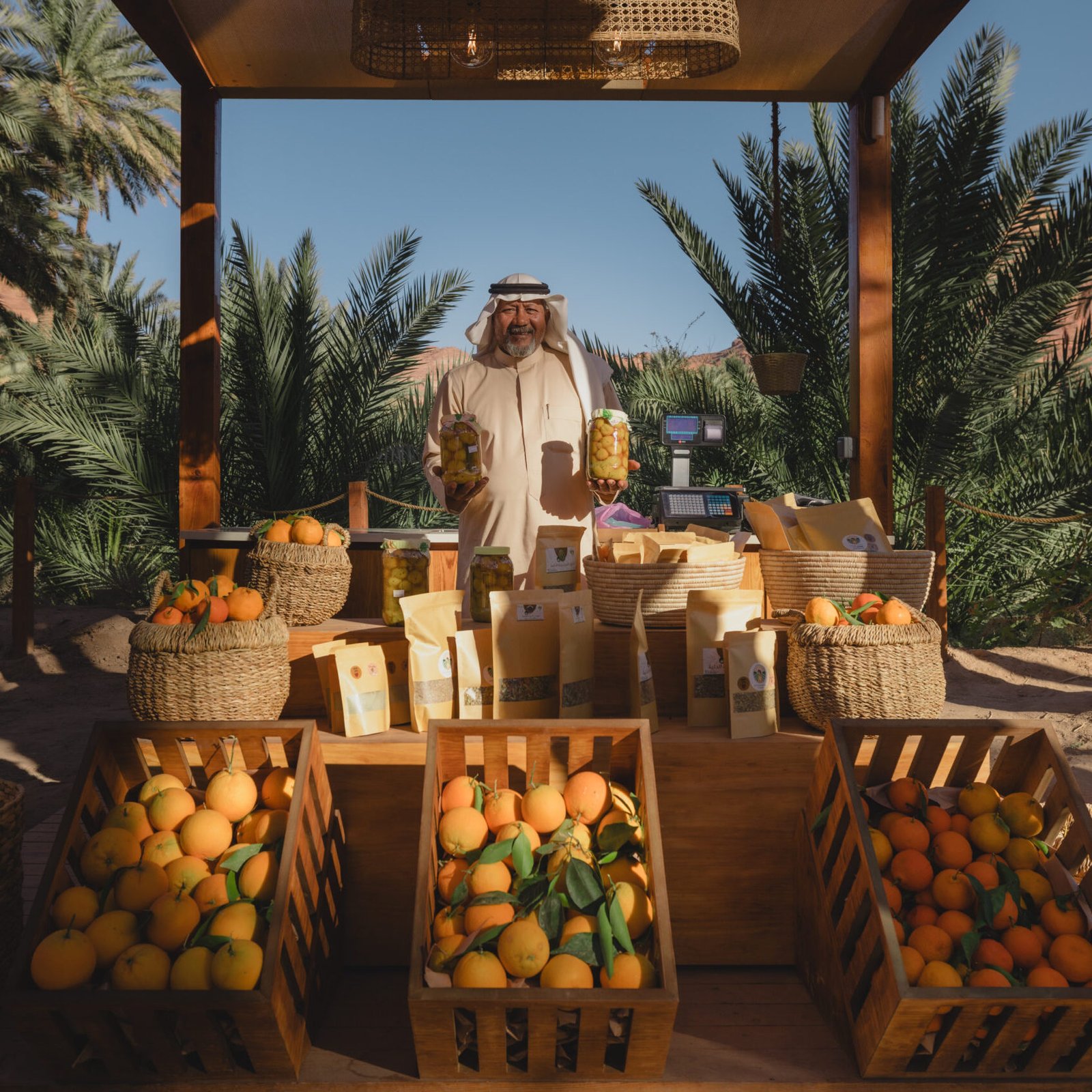India pulled out all the stops to host a memorable summit, emphasising the country’s growing standing as a global power as well as its incredible soft power. Capturing the highlights of the recently concluded 18th G20 summit….
By Swaroopa Dutt
Memes say it better than words. One particular one doing the rounds during the 18th G20 summit in India showed two images juxtaposed against each other. The first had a stark and grim Amitabh Bachchan, captioned ‘G20 in other countries’. The adjacent image showed Bachchan in a still from ‘Yaarana’ (1981) in his glorious glowing light bulb-studded suit; it was, of course, captioned ‘G20 In India’. This sums up the bright and brilliant phenomenon that was the recent G20 summit in India! The G20 – or Group of Twenty countries that meets to discuss global economic and political issues – is indeed a powerful club with the countries, between them, accounting for 85% of the world’s economic output and more than 75% of world trade. They also hold two-thirds of the global population. Held annually with a rotating presidency, it was India’s turn this year and all the stops were pulled out to emphasise the country’s standing as a global power and leverage its growing strategic and economic heft.

Perfect Preparation
A whopping ₹4,100 crore was spent for the two-day summit, preparation for which included a year-long series of events across the country. As the ‘Economic Times’ summarised, “Over 220 meetings would have happened across 60 cities in all 28 states and 8 union territories, with over 1.5 crore people involved in these programmes. The G20 secretariat in Delhi has been responsible for the overall policy decisions and arrangements needed, and India had all hands on deck as ministers, government officials, state governments, civil society groups, businesses, and common people came together to host foreign dignitaries.”
A quick glance at the meticulous and exhaustive preparations that had been put in place for the summit, where more than 30 heads of state and 10 global organisations converged at Bharat Mandapam International Exhibition and Convention Centre, the glam new meeting venue at Pragati Maidan, with the aim to discuss key issues around the world…
The G20 logo had been chosen to reflect the vibrant colours of India’s national flag, juxtaposing planet Earth which reflects India’s pro-planet approach to life, with the country’s national flower, the lotus, which epitomises growth amidst challenges. The theme of India’s G20 Presidency – ‘Vasudhaiva Kutumbakam’ or ‘One Earth · One Family · One Future’ – drawn from the ancient Maha Upanishad, emphasised the value and interconnectedness of all life.

The booking of nearly 10,000 hotel rooms for 6,000-7,000 delegates, presidential suites for heads of states or governments, 400 vehicles for official delegations, more than 20 hospitals, and arrangements for over 3,500 registered media personnel were completed in advance. Luxury vehicles also made their way to Delhi from cities like Mumbai, Chandigarh and Agra, with cab rental companies stepping in to cater to the demand for upscale cars.
The sprucing up of Delhi for the summit saw the repair and revamp of 61 roads, installation of 100 sculptures, 150 fountains and 6.75 lakh potted plants, as well as the clearing of 15,000 metric tonnes of solid waste.
The government also launched the G20 mobile app to provide an immersive and informative experience to the delegates, complete with translation and navigation facilities among other features.
Over 50,000 police personnel were deputed to be on duty for the summit. Collaborating with the Central Armed Police Forces and the National Security Guard, the Delhi Police also sought assistance from the armed forces in sensitive areas to ensure complete security. The IAF went ahead, securing the airspace over the Delhi-National Capital Region. Fighter jets, surface-to-air missile systems, anti-drone systems, airborne early-warning and control systems (AEW&C) and other sensors were deployed for those crucial two days.

D-day Dawned
Excitement buzzed as world leaders from US President Joe Biden, British Prime Minister Rishi Sunak, and Saudi Crown Prince Mohammed bin Salman Al Saud, to Canadian Prime Minister Justin Trudeau, and Japanese Prime Minister Fumio Kishida flew into the country, received with much warmth and grace. While Chinese President Xi Jinping and Russian President Vladimir Putin did not attend the weekend summit, they were represented by Chinese Premier Li Qiang, and Russian Foreign Minister Sergey Lavrov respectively.

Events at the two-day summit included three separate sessions on the themes ‘One Earth’, ‘One Family’, and ‘One Future’; a photo session in the Tree of Life foyer; meetings in the Bharat Mandapam leaders’ lounge; various bilateral meetings; a ceremonial dinner hosted by Indian President Droupadi Murmu; a wreath-laying ceremony at Mahatma Gandhi’s samadhi with a live performance of Gandhi’s favourite devotional songs; a tree planting ceremony at Bharat Mandapam’s South Plaza; and the adoption of the New Delhi leaders’ declaration.
Valuable Gains
The summit and its declaration, along with the bilateral and plurilateral meetings on the sidelines, reflected Indian foreign policy priorities and the nature of its relationships with key actors. The declaration has implications for bilateral ties, particularly with the US, Russia and China, India’s quest to be the voice of the Global South, as well as efforts to revive reformed multilateralism. Agreed upon by all 20 members, the declaration outlines the political, economic and environmental challenges that have engulfed the world, along with principles and priorities such as fighting poverty, battling the climate crisis, ensuring growth, achieving sustainable development goals (SDGs), preparing for health emergencies, reforming multilateral development banks (MDBs), dealing with the debt crisis, spreading digital public infrastructure (DPI), generating jobs, bridging the gender gap, and more.

Here are some of the successes at the summit…
- India pulled off the summit without letting Russia’s war in Ukraine hamper the international economic forum. While avoiding any direct criticism of Russia for its war against Ukraine, a joint declaration from G20 members condemned “human suffering and adverse repercussions of the conflict in Ukraine on global food and energy security.”
- The expansion of G20 with the African Union, representing 55 countries, being accepted as a permanent member of the grouping is a big plus as it also shows India’s attempt to amplify the voices of developing nations from the Global South on the world stage.
- The announcement of the ambitious India-Middle East-Europe economic corridor is another reason to cheer. It will connect Asia and Europe by establishing railways, ports, electricity and data networks, and hydrogen pipelines. This alliance will also counter China’s Belt and Road Initiative of expansive and global infrastructure projects. Dubbed the ‘spice route’ project, it will be part of the Partnership for Global Infrastructure Investment initiative. Besides increasing the speed of trade between India and Europe by up to 40%, it will also improve relations between Israel and the Gulf Arab states.
- The declaration’s inclusion of a commitment to promote respect for religions was a surprise but welcome addition. The 78th paragraph of the outcome document read, “…we strongly deplore all acts of religious hatred against persons, as well as those of a symbolic nature without prejudice to domestic legal frameworks, including against religious symbols and holy books.” The joint statement made a commitment to promote respect for religious and cultural diversity, dialogue and tolerance.
- The G20 leaders’ agreement to triple their investments in renewable energy by 2030 and endeavouring to augment funding for climate crisis-induced disasters is laudable. However, they upheld the existing approach over the phasing out of coal.
Savouring India

The summit was also the ideal platform to publicise India’s soft power, and present India’s multi-faceted culture and traditions to the world, including the country’s diverse culinary traditions. The menu at the dinner hosted by President Murmu read: “A medley of traditions, customs, and climate, Bharat [India] is diverse in many ways, ‘Taste’ connects us. We celebrate Sharad Ritu, the autumn season of abundance, in this menu. It showcases the wealth of ingredients across Bharat, expressing our rich culinary heritage in a modern mosaic dedicated to the spirit of ‘Vasudhaiva Kutumbakam’ – ‘One Earth, One Family, One Future’.”

Guests were treated to a specially curated vegetarian spread that included Paatram (foxtail millet leaf crisps topped with a yoghurt sphere and spiced chutney), Vanavarnam (a jackfruit galette served with glazed forest mushrooms, millet crisp, and curry leaf flavoured Kerala red rice), Mumbai pao, and the cardamom-flavoured sweet flatbread Bakarkhani. Dessert offered up Madhurima (a cardamom-scented Barnyard millet pudding, fig-peach compote, and Ambemohar rice crisps). Guests could sip on Kashmiri Kahwa, filter coffee, and Darjeeling tea, with paan-flavoured chocolate leaves ending the feast on a sweet note.

As many as 15 spouses of G20 leaders including the Japanese PM’s wife, Yoko Kishida and the UK PM’s wife, Akshata Murthy, also visited the 1,200-acre PUSA-Indian Agricultural Research Institute (IARI) campus – the seat of India’s Green Revolution. Here, they saw the breakthroughs in Indian agriculture and enjoyed the farm-to-fork millet experience.

The gifts presented to the world leaders also echoed the country’s traditions and diversity, ranging from Kannauj’s famous ittar, saffron from Kashmir, and honey from the Sunderbans, to Araku coffee from Andhra Pradesh and teas from Darjeeling and the Nilgiris. These items were contained in individual handcrafted sheesham wood sandooks (chests) with brass detailing.
After The Summit

While the United States lauded India for the G20 leaders’ summit in Delhi, calling it a success, China averred that the declaration has sent a “positive signal” that the member countries of the influential grouping are joining hands in tackling global challenges and economic recovery.


The transformational capacity of the impressive 83-paragraph New Delhi declaration, of course, now depends on its implementation. May the 20 nations now match word with deed!











